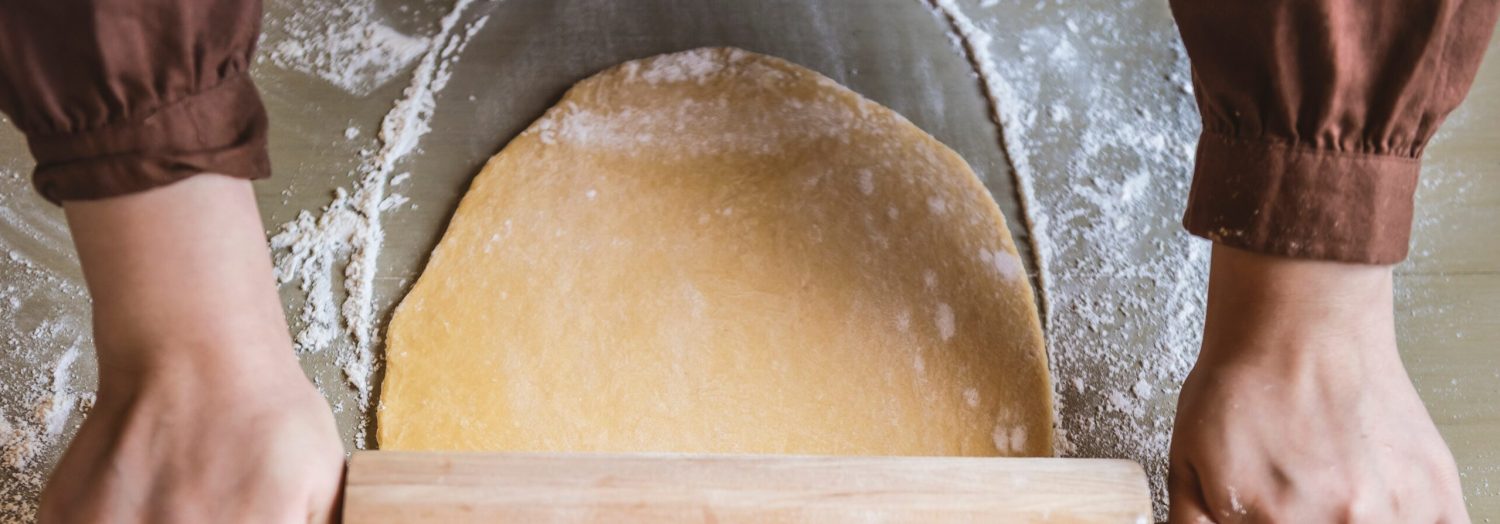Creating your own wine at home can be a rewarding and enjoyable experience. This simple recipe allows you to transform grape juice into a delightful homemade wine with minimal effort. With just a few ingredients and some patience, you'll have a delicious beverage to share with friends and family.
One of the key ingredients in this recipe is wine yeast, which may not be a common household item. You can find it at specialty brewing stores or online. Make sure to get a packet specifically labeled for wine making, as it is different from regular baking yeast. Additionally, ensure that the grape juice you purchase is 100% pure with no preservatives, as additives can interfere with the fermentation process.

Ingredients for Wine Recipe
Grape juice: The base of your wine, it should be 100% pure and free of preservatives to ensure proper fermentation.
Granulated sugar: This provides the necessary sugars for the yeast to convert into alcohol, enhancing the wine's flavor and alcohol content.
Wine yeast: A specialized yeast for fermenting wine, crucial for converting the sugars in the grape juice into alcohol.
Technique Tip for This Recipe
When adding the sugar to the grape juice, ensure it is fully dissolved before introducing the wine yeast. This can be achieved by stirring the mixture thoroughly until you can no longer see any granules of sugar. This step is crucial as undissolved sugar can lead to uneven fermentation, affecting the final taste and quality of your wine.
Suggested Side Dishes
Alternative Ingredients
grape juice - Substitute with pomegranate juice: Pomegranate juice provides a similar tartness and depth of flavor, making it a good alternative for grape juice in wine recipes.
grape juice - Substitute with cranberry juice: Cranberry juice has a comparable acidity and sweetness, which can mimic the taste profile of grape juice in wine making.
granulated sugar - Substitute with honey: Honey can add a unique floral note and sweetness, though it may slightly alter the flavor profile of the wine.
granulated sugar - Substitute with agave syrup: Agave syrup is a good alternative for granulated sugar, offering a similar level of sweetness with a slightly different taste.
wine yeast - Substitute with bread yeast: Bread yeast can be used in a pinch, though it may not ferment as efficiently or produce the same flavor complexity as wine yeast.
wine yeast - Substitute with champagne yeast: Champagne yeast is a suitable alternative that can handle higher alcohol levels and produce a clean, crisp finish.
Other Alternative Recipes Similar to This
How to Store / Freeze This Recipe
- Ensure your wine bottles are clean and dry before storing. Any moisture can affect the quality of the wine.
- Store the wine bottles in a cool, dark place. Ideal storage temperature is between 50-59°F (10-15°C).
- Lay the bottles on their sides if they have corks. This keeps the cork moist and prevents air from entering the bottle.
- Avoid storing wine in areas with strong odors, as wine can absorb these smells.
- For long-term storage, consider a wine cellar or a wine fridge to maintain a consistent temperature and humidity level.
- If you need to freeze wine, pour it into an airtight container, leaving some space for expansion. Do not freeze wine in glass bottles as they can crack.
- Thaw frozen wine in the refrigerator. This process should be slow to preserve the wine's flavor and aroma.
- Once thawed, use the wine for cooking or consume it within a few days, as freezing can alter its taste and texture.
- Label your wine bottles with the date of bottling and any other relevant information. This helps in keeping track of aging and consumption.
- Avoid exposing wine to direct sunlight or fluorescent light, as it can degrade the wine and affect its flavor profile.
How to Reheat Leftovers
- Pour the wine into a saucepan and gently heat over low flame. Stir occasionally to ensure even warming and prevent overheating.
- Use a double boiler to reheat the wine. This method ensures gentle heating and preserves the delicate flavors.
- If you prefer using a microwave, pour the wine into a microwave-safe container. Heat on low power in 15-second intervals, stirring in between to avoid overheating.
- For a more traditional approach, place the wine bottle in a pot of warm water. Let it sit until it reaches the desired temperature, ensuring the water is not too hot to avoid damaging the wine.
- Consider adding a splash of fruit juice or a hint of spices like cinnamon or cloves while reheating to enhance the flavor profile.
Best Tools for This Recipe
Fermentation vessel: A container where the grape juice, sugar, and yeast will be mixed and allowed to ferment. It should be large enough to hold at least one gallon of liquid and have an opening that can be sealed with an airlock.
Airlock: A device that allows gases to escape from the fermentation vessel without letting air in, preventing contamination and ensuring a proper fermentation process.
Siphon: A tube used to transfer the wine from the fermentation vessel to the bottles without disturbing the sediment that has settled at the bottom.
Sanitizer: A solution or product used to clean and sanitize all equipment to prevent contamination and ensure a successful fermentation.
Mixing spoon: A long spoon used to stir the grape juice and sugar until the sugar is completely dissolved.
Measuring cups: Tools used to accurately measure the sugar and grape juice to ensure the correct proportions.
Wine bottles: Containers used to store the finished wine. They should be clean and able to be sealed tightly.
Bottle caps or corks: Used to seal the wine bottles after the wine has been siphoned into them, ensuring the wine is preserved and protected from air exposure.
Hydrometer: An optional tool used to measure the specific gravity of the wine, which can help determine the alcohol content and monitor the fermentation process.
How to Save Time on Making This Recipe
Prepare ingredients in advance: Measure out grape juice, sugar, and wine yeast before starting.
Use a sanitized environment: Clean and sanitize all equipment beforehand to avoid contamination.
Dissolve sugar efficiently: Warm the grape juice slightly to help the sugar dissolve faster.
Stir gently: Mix the wine yeast gently to avoid introducing too much oxygen.
Monitor fermentation: Check the airlock regularly to ensure proper fermentation.
Batch process: If making multiple batches, prepare all ingredients and equipment at once.

Wine Recipe
Ingredients
Main Ingredients
- 1 gallon Grape juice 100% pure, no preservatives
- 2 cups Sugar Granulated
- 1 packet Wine yeast
Instructions
- 1. Clean and sanitize all equipment.
- 2. Pour grape juice into the fermentation vessel.
- 3. Add sugar and stir until dissolved.
- 4. Add wine yeast and stir gently.
- 5. Attach airlock to the vessel and let it ferment for 30 days.
- 6. Siphon wine into bottles and seal.
Nutritional Value
Keywords
More Amazing Recipes to Try 🙂
- Slow Cooker Chili Recipe8 Hours 15 Minutes
- Summer Squash Bread Recipe1 Hours 15 Minutes
- Apple Cider Recipe40 Minutes
- Watermelon Lemonade Recipe10 Minutes
- Electric Lemonade Recipe10 Minutes
- Turkey Wraps Recipe10 Minutes
- Fresh Banana Daiquiri Recipe10 Minutes
- Cosmopolitan Recipe5 Minutes

Leave a Reply